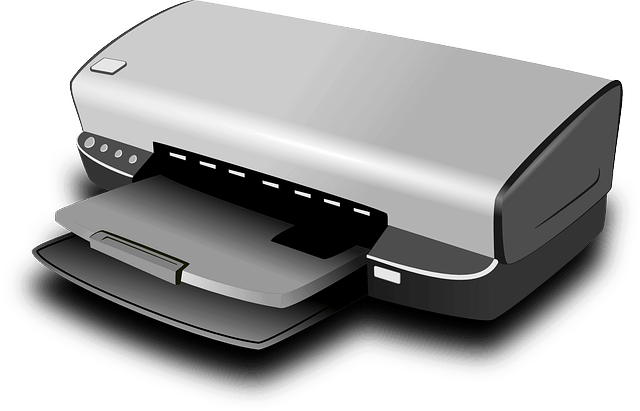Every tool you need to Validate an app idea
Before you create it, it might be wise to validate an app idea. Do you have an idea for an app? Do you have an issue that an app could solve? Or perhaps you and your friends have had a “what if there was an app that….” conversation?
However, your app idea came about; you must validate it before creating it. Even if you test it on 5-10 users, you should get around 80% honest feedback.
This article will discuss what app validation is, how to validate an app idea, and why doing so is essential. We recommend refraining from rushing to turn your idea into a reality; it might cost you more than you expect.
What does it mean to validate an app idea?
At some point, almost all of us had an idea for an app that we thought would be popular.All apps start as just an idea in someone’s head. From Twitter to a countdown app. From Instagram to your favourite mobile game.
But, what happened between the app being an idea and the apps’ development?
App validation is testing an idea for an app to see whether or not people would download it. This means several things.
Firstly, testing the viability, or whether or not the app would be feasible to make. To illustrate, if you wanted to create an app that would display a hologram, it would not be viable since most mobile phones do not have the technology.
Secondly, testing the riskiest assumption. For example, if you wish to develop an app for pregnant women, it’s best to see if they want it.
Thirdly, getting feedback from users. People can tell you what they like or dislike about the app. Without app validation, you could spend a lot of money on developing an app that nobody uses.
Why is it important to validate idea?
See the size of the problem.
Let’s say I want to create an app that tells people where they can find free water in any city. After I validate the app idea, I might find it’s such a big problem I can get away with charging for the app.
Only with validation can I see the true extent of the issue I wish my app to solve.
A great idea might meet reality.
But, let’s say I learned that most people have no interest in such an app. I have overestimated the annoyance that being thirsty in a new city causes.
In this situation, I have learned that an idea that sounded great in my head is terrible in real life.
Study the market
Through the process, I can learn a lot about my target demographic. What do they want in an app? What problems should my app solve? How can I make it better solve these problems?
Key Tools To Validate An App Idea
Proof of concept (POC)
“Proof of concept” means proving that it’s feasible from a technological and marketing perspective.
Remember our example from earlier about the hologram app? This would fail the proof of concept on technical grounds because such an app would not be possible to create.
From a marketing perspective, however, finding a proof of concept can be slightly different. You may need to find studies or evidence where people talk about a problem they have or an app idea.
For example, developers created the app “TimeTree” after people complained they and their friends were never free simultaneously.
TimeTree is a shared calendar that lets you and your friends schedule events for when you are all free at the same time.
Suppose you want to create a dating app for people within a specific religion. You might also look at the popularity of similar apps. In that case, you can look at other religious-based dating apps to see how feasible such an app would be.
Prototype
A prototype is essentially a primitive version of your final product. A prototype is designed to be incredibly cheap, to test the design, and get feedback before you spend time and effort developing an app for the app store.
Perhaps your app idea is fantastic, but your proposed design isn’t. A prototype will allow you to get feedback from potential downloaders about the app itself and the design. Some prototypes might get comments like “Looks great, but I have no use for this.” Other prototypes might get comments like “Great idea, but the layout is confusing.”
Some prototype apps are digital, but you can get a prototype on paper. The best option depends on several factors: your budget, your confidence in the app, and how you expect your testers to interact with the prototype.
Minimum viable product (MVP)
A minimum viable product (MVP) is your app, with only its most basic features. These main selling points should convince people to download it.
For example, remember our app idea about the one that tells you where you can get free water? It has everything people want but none of the bells and whistles your final app might have. The MVP might have a map of where you can get water, but it might not have things like walking instructions that your final app will have.
When you have an MVP that shows what people want, and nothing more, you can show that the app is a good idea or at least an idea that people would like to use. Sometimes, you need to get down to the bare bones of an app to show that it would be helpful to people.
User testing & interviews
This is arguably the most crucial stage of validating an app idea. It’s a part where you can see if people like your app and would likely download it had they not been a part of your testing.
There are two main types of app testing.
Firstly, we have moderated. This is when people are invited to a testing facility and given the app. Someone in front of them will look at how they interact with the app and ask them questions. This can be beneficial as people are more likely to give honest feedback when someone is watching them. It’s difficult to say, “I love this app because it’s so easy to use,” when someone is watching, you struggle to use it.
The second type of testing is unmoderated. This is where someone stays at home, downloads an app, uses it, and then answers questions on a screen. Aside from the app tester, no other people are present. This method is far cheaper and more scalable than the alternative.
Summary
To validate an app idea is essential for developing a new app. By validating it before you create and market it, you can see whether or not people want to download your app. It might be painful to learn that your “great idea for an app” is unwanted, but such pain is necessary.





